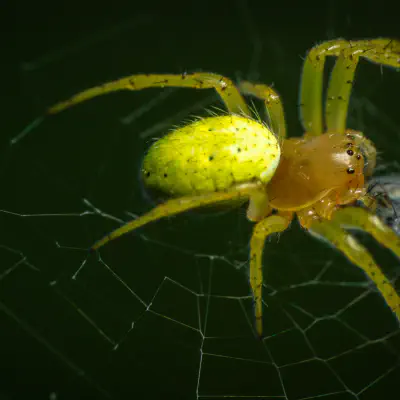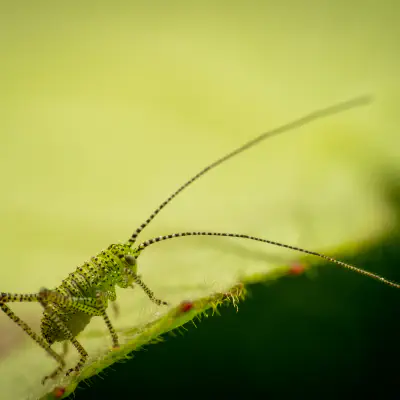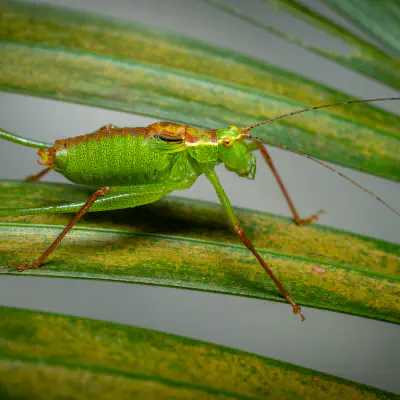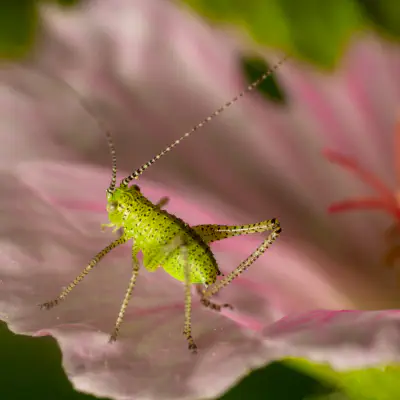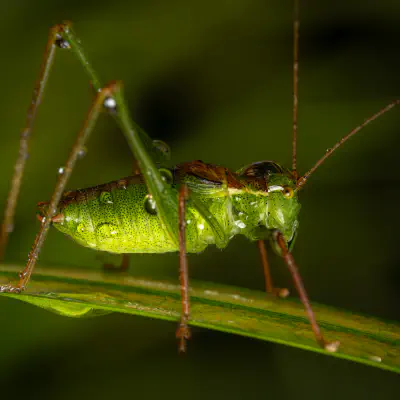The speckled bush-cricket is common across much of Europe. It ranges from the British Isles, France, Poland and Belgium in the west to the European parts of Russia in the east, and from southern Scandinavia in the north to southern Italy, Bulgaria and Greece. It has been recorded as far south as Israel. It is also present in the Nearctic realm.
Speckled Bush-cricket (lat. Leptophyes punctatissima)

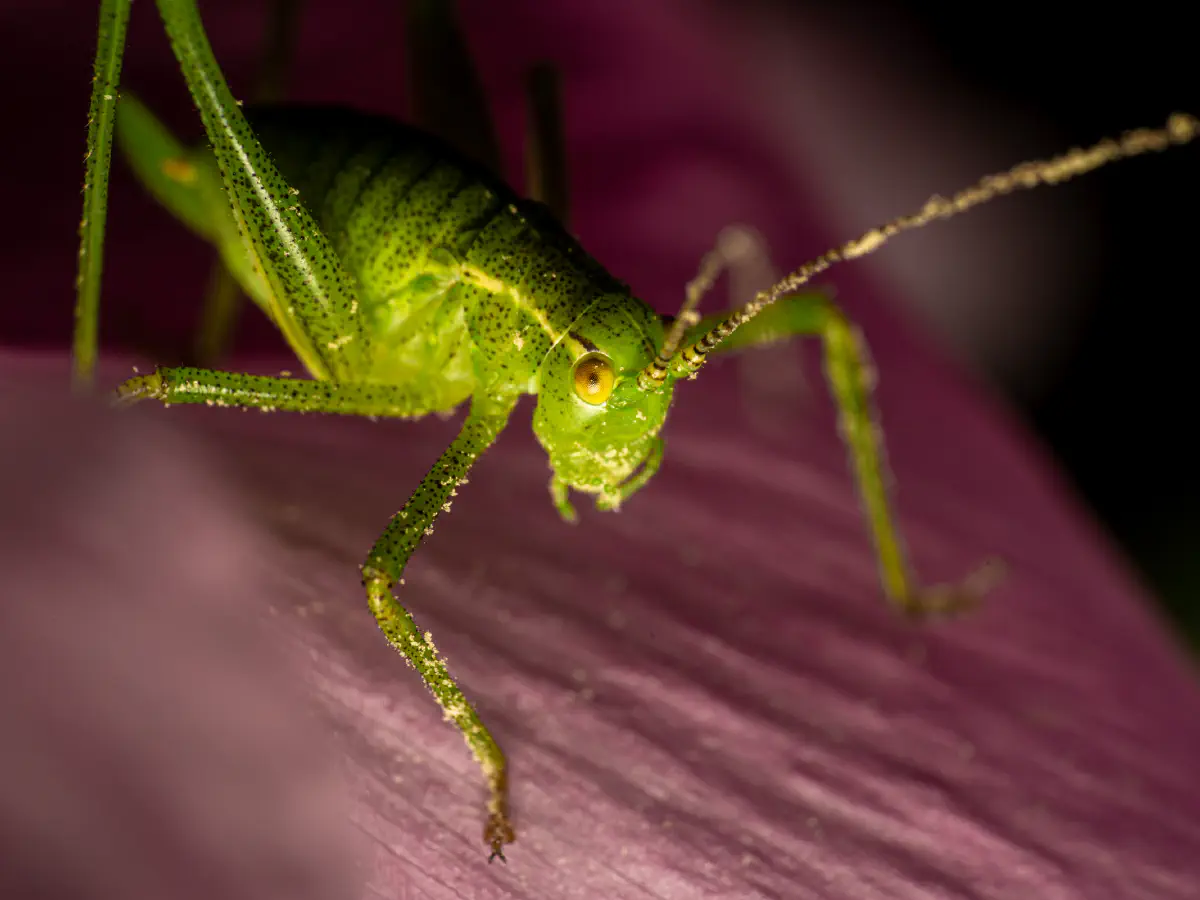
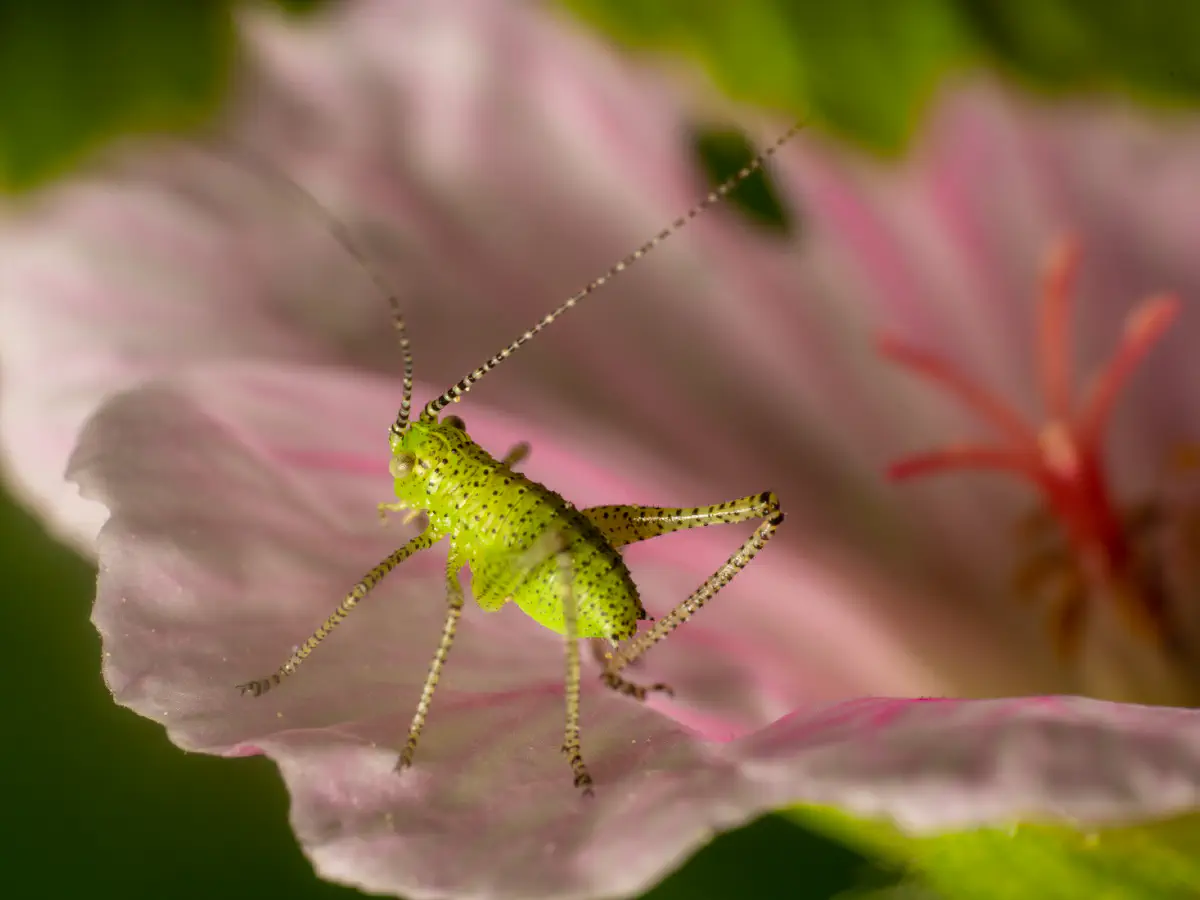
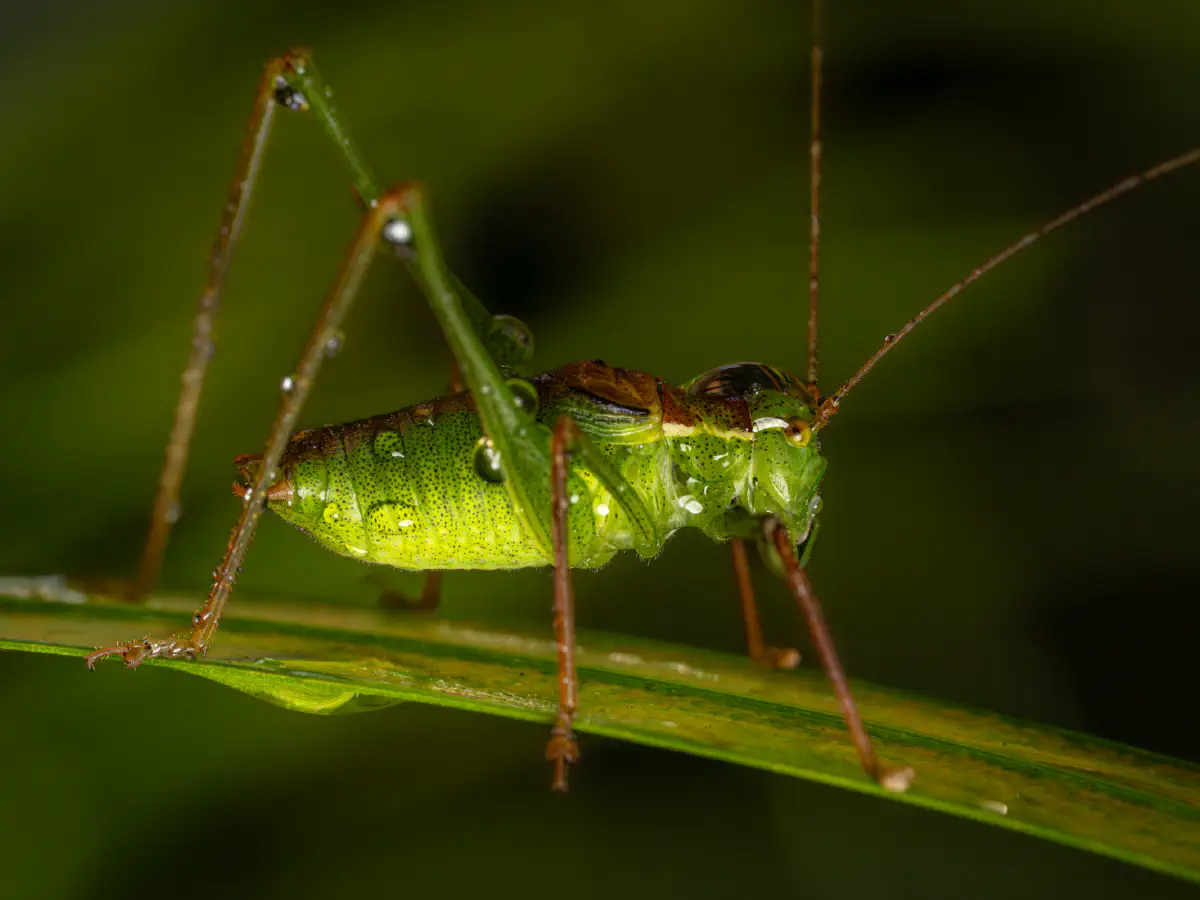
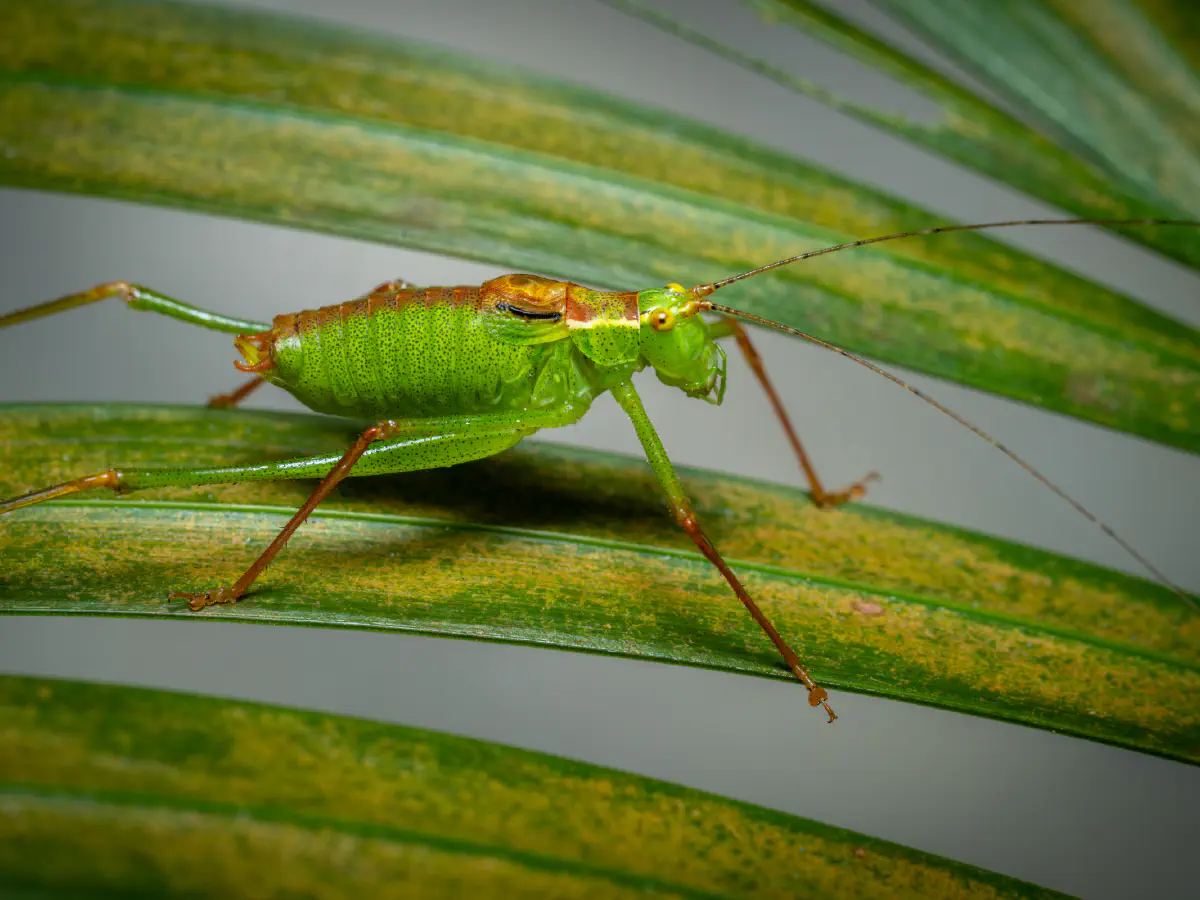


This is not intended to be a dry lexicon. Personal stories and sensitive articles form the framework for our pictures: „In my web“
I am Natalie, the cucumber green spider, and I live hidden in the coniferous forest. I hope that people will recognize the art of my webs and my true beauty.
